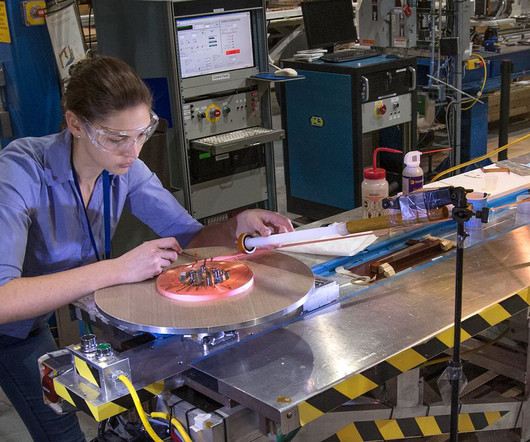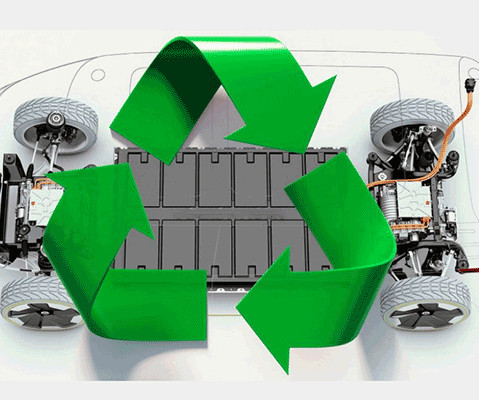5 Big Ideas for High-Temperature Superconductors
Cars That Think
SEPTEMBER 18, 2023
In 1911, Dutch physicist Heike Kamerlingh Onnes plunged a mercury wire into liquid helium and noticed that the wire’s electrical resistance vanished. But the materials could show up sooner in a wide array of practical applications, including wind power, energy storage, and nuclear magnetic-resonance machines.











Let's personalize your content